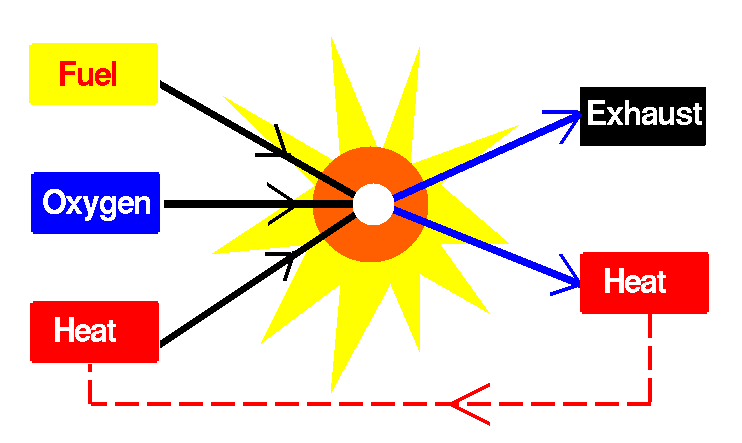Chemical property
A chemical property is a material-specific, characteristic size, featuring a pure substance. It can be perceived by the senses (eg, smell) or only detectable with measuring devices (eg, the density of a substance ).
Each pure substance is distinguished by a unique combination of material properties, the basis of which it can be identified. Two substances can not be equal in all characteristics.
In chemistry, different pure substances of mixtures of substances, characterized in that the properties of the pure materials are always the same, that do not depend on the mixing ratios of the components of a mixture.
Physical properties of substances
Physical material properties are the material-specific values that can be assigned by measuring and experiments of a physical quantity. In the measurement of a physical property of the measurement object is not changed in contrast to the chemical properties.
The physical properties include:
- Color or absorption and emission spectrum
- Density
- Thermal conductivity
- Electrical conductivity
- Magnetic permeability (magnetic conductivity) and remanence ( magnetization )
- Physical state (solid, liquid, gas ) at a certain temperature
- Melting temperature
- Boiling point or softening range
- Optical activity
- Solubility
- Viscosity
- Enthalpy of vaporization, enthalpy of fusion
- Surface tension
- The critical temperature, critical pressure, critical density
- Heat capacity
- Speed of sound
- Nuclear magnetic resonance
Especially for solids:
- Deformability
- Ductility
- Surface gloss
- Hardness
- Temperatures and enthalpies of transition between solid modifications
Chemical material properties
Chemical material properties describe the behavior of substances in chemical reactions.
The chemical properties of substances are:
- Reactivity with various other substances (eg with respect to oxygen: flammability, but also against critical reagents such as water, acids, bases, metals, salt solutions, chlorine gas, sulfur, detection reagents, etc. )
- Corrosion resistance (compared with water, moist air, electrolyte solutions )
- Electronegativity ( in elements )
- Enthalpy of formation, enthalpy of combustion, Gibbs free energy of formation
- Acidity constant KS and base constant KB
Physiological properties
Under physiological properties are understood physical and chemical properties of substances in terms of visibility or the impact on the environment.
Physiological properties of substances include:
- Odor
- Taste
- Metabolism
- Toxicity, Ecotoxicity ( environmental impact ) and similar biological effects
- Absorbability
Use in chemistry and technology
Materials
The relevant material properties make a material technically usable material ( iron as hard and tough for all kinds of tools, glass as malleable and chemically stable for vessels, as transparent for windows, ceramics as heat resistant, etc.). Here we speak specifically of material properties, the central area of research in materials science.
Separating mixtures
Using the material properties are substance mixtures into their individual components can unravel ( separation processes, separation technology ). At a distillation, for example, a mixture of several liquids is thereby separated, that the mixture is heated above the boiling point of a component addition. This then boils so that the less volatile fraction remains. The vapor is cooled in the cooler below the Siede-/Kondensationstemperatur the more volatile component. This is then collected as distillate or condensate in the template. An iron powder / sand mixture, however, can be separated by the magnetization of the iron you use ( physical material property ) - or the mixture is dissolved in acid, which etches the iron, but the sand unresolved and therefore filterable leaves (chemical property).
Purity control
A newly produced in the pharmaceutical and chemical laboratory preparation to characterize in more detail and a chemical substance to control its purity and quality, we examine its properties. Often sophisticated analytical techniques are used for quality control of chemical and pharmaceutical products, such as IR spectroscopy.
Identification and classification of substances
In analytics substances in an unknown sample can be identified by their material properties and classified. Certain properties characterize certain material groups, such as the classes of compounds of the metals, salts, inert gases, halogens and organic materials:










